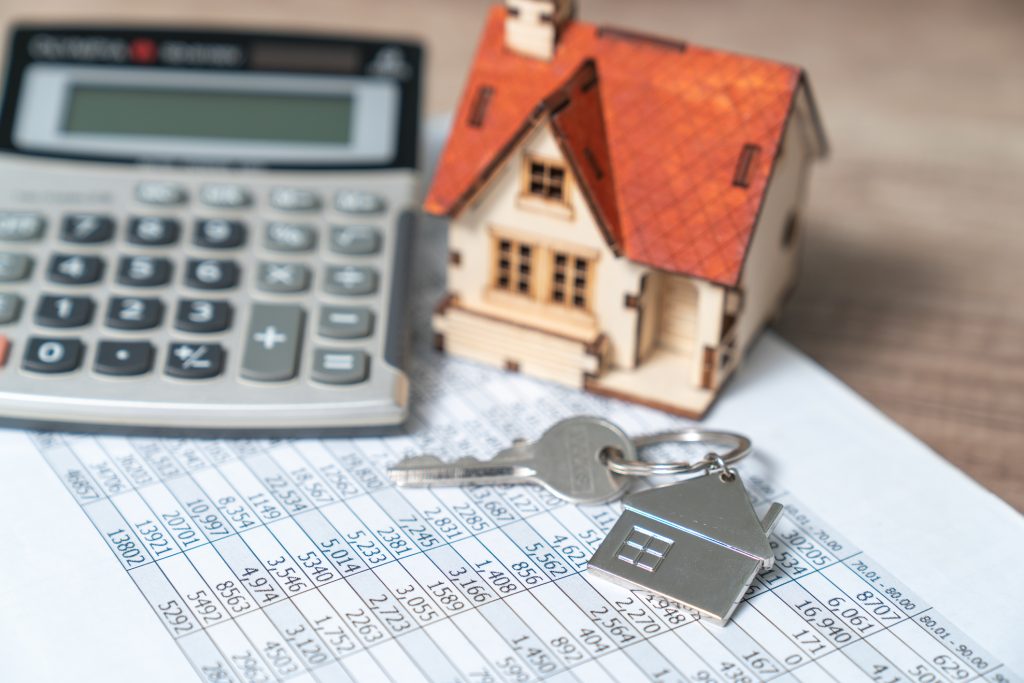Mortgages, high north-south divide. Here are the regions with record rates

The mortgage situation is not improving at all. According to FABI, the Autonomous Association of Italian Banks, The weight of mortgage payment has increased significantly, especially in some Italian regions. Let’s talk about increases about 6% to 6.25%while the lowest price increases reach 4% at best.
A good portion of these increases can be justified by recalculating the Bank risk assessment, and also through general inflation. However, it must be said that borrowers with variable interest rates in particular suffer the most. This type of tariff has not seen any recovery since its inception Season of ECB interest rate hikesand the effects have been felt for months a Euribor increased by 450 points over the course of over a year.
Exploding mortgages in Calabria and Molise: FABI data
The gap in mortgages between North and South is becoming increasingly clear. Stand to the latest FABI reportare registered in the southern regions The worst conditions for families applying for a mortgage. They range from 6% for the average rates in Sicily and Campania to 6.23% in the Calabrian provinces and even 6.25% in the Molise provinces. The city with the highest mortgage costs is Catanzaro: “For a loan of 150,000 euros with a term of 25 years, you pay a monthly installment of 1,000 euros, 200 euros more than the 800 euros you pay in Bologna.”
We indicate which data the data in question relates to Fixed rate loanAnyway more comfortable in this period compared to the variable. Although the market believes that the level of borrowing costs is close to its peak. There will be a period of “freezing” in interest rates, which will culminate with the beginning of the slow but sufficient decline to restore interest rates within congenial limits to request the variable. By 2022, the variable interest rate averaged about 0.63%, while the fixed interest rate reached about 1%. It would be impractical for the bank to provide a loan or mortgage at low interest rates.
Apparently this has already happened in the past. FABI itself mentioned the inversion of the yield curve in 2008, during the period of the subprime mortgage crisis in the United States and the bankruptcy of Lehman Brothers and, before that, the recessions of 1990 and 2001. All cases in which interest rates rose, stabilized and then fell again. To be on the safe side, it’s best to check the progress of the different interest types: the Euriborused for variable rate mortgages, e.g the IRS (interest rate swap) for those with a fixed interest rate.
Rates are lower in the north
If in Catanzaro and generally in the south the average rate is around 6%, A lower rate applies to regions further north. FABI also reports six regions with an average home loan interest rate below 5%:
- Piedmont (4.68%),
- Aosta Valley (4.55%),
- Friuli-Venezia Giulia (4.50%),
- Lombardy (4.48%),
- Lazio (4.24%),
- Emilia-Romagna (4.03%).
Above this number we assume Trentino-South Tyrol (5.09%) up to Liguria (5.57%). The part that lies between 5.5% and 6% is exclusively in the southern regions. If you look at the rates per month, the costs are exorbitant despite the cheap regional tariffs in many cities: they range from 821 euros per month for Rome to 859 euros in Turin. Milan is in the middle with 841 euros per month. A special case is Florence with 906 euros per month, while Naples’ rate is included in the regional percentage, around 980 euros per month.
The reason for this distinction between South and North also lies in the risk factors taken into account by the banks, comments the Secretary General of Fabi. Lando Maria Sileoni:
“In particular, the risk factors that credit institutions take into account when calculating the conditions for each loan agreement, which may vary depending on the area, have an impact. Rates are generally higher in the South. In the southern regions of the country, the economy is weaker, there are more corporate bankruptcies, employment is less stable and there are more families facing difficulties with payment deadlines. For all these reasons, a mortgage to buy a house in the south is much more expensive than in the rest of Italy.”
The variable interest rate continues to rise
Today’s tariff situation is both regular and atypical. Long-term IRS rates are generally higher as they are now, but it has been noted that short-term Euribor are even higher than long-term IRS rates. This means that an adjustable rate mortgage now costs more than a fixed rate mortgage. This is despite the fact that the fixed interest rate already includes the costs of protecting the bank against interest rate fluctuations. One explanation could be that the market makes predictions a shorter duration of this season with high rates.
Also because inflation is not due to excess demand, but rather on the difficulty of the introduction offer to a demand “reborn” from the lockdown. “Therefore, an inversion of the short-term yield curve, which is already discounted in fixed interest rates, is expected in the near future.“, says the report. Despite the optimism behind these words, Sileoni fears that it is not over yet:
“[…] After the last adjustment in September, when the key interest rate was raised by 25 points to 4.5%, the tenth hike in 14 months, many observers thought it would be the last. But just yesterday, ECB President Christine Lagarde stunned everyone when she said the hikes would not stop until inflation fell and was back around 2%. In short, unfortunately the uptrend may not be over yet.”





